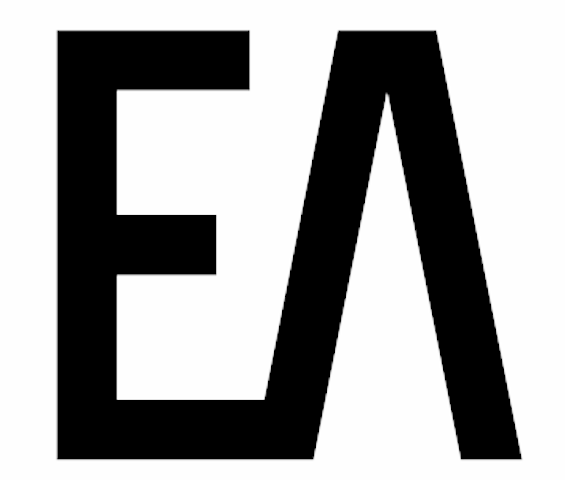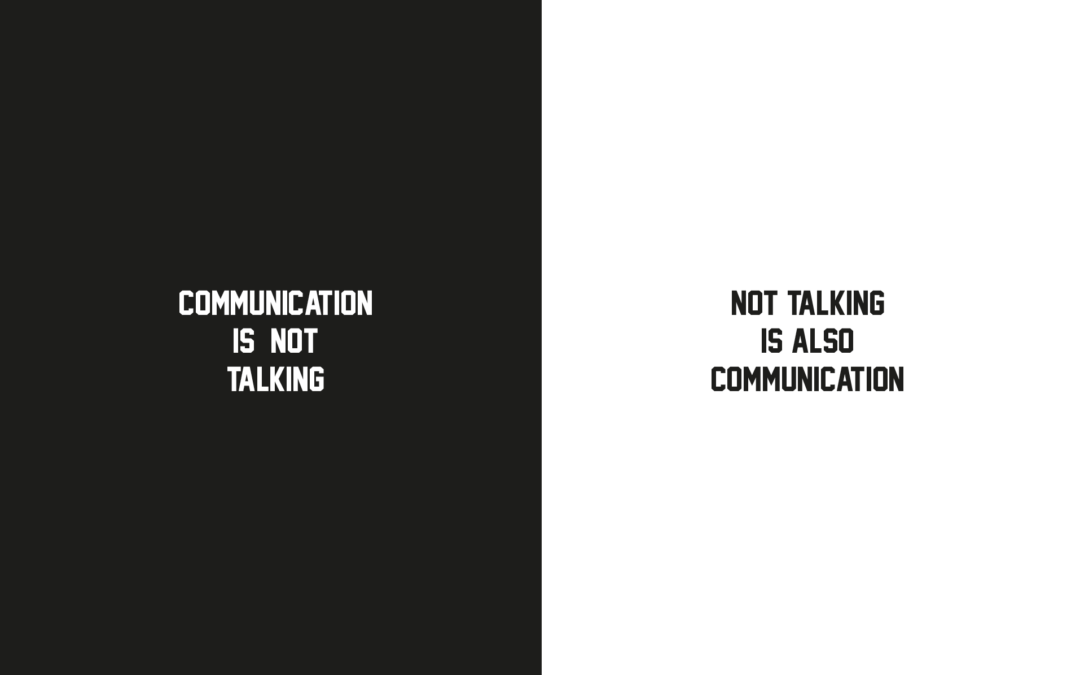Every season we create a personal workbook for our Academy players that aims to cover some of the grey-zone areas of playing the game. It’s a little book of about 40 pages that supports their self-knowledge, offers ideas for sculpting long-term positive habits and nourishing behavioral flexibility. It’s not a book of knowledge bombs, it’s more about giving some suggestions or planting some seeds for the long run.
One of the slides I made for our academy players’ personal workbook for the ’20-’21 season was about communication.
When we think of communication and stressing it to our players, we often think of talking or language – which is of course one form of communication. Players can be great communicators while not being the most verbally present, while simultaneously those who are talking the most frequent or the loudest might not be efficient in carrying across a message their communication.
With these slides – and the open discussion we organize during camps or short workbook sessions – we try to let players dive into the diversity of forms communication can take.
Communication can be high fives,
it can be your eye contact,
it can be the intonation in your voice,
it can be your “next play” response after a mistake,
it can even be the intention you hold in your mind throughout the game,
it can be your posture when listening to the coach when he talks to the group.
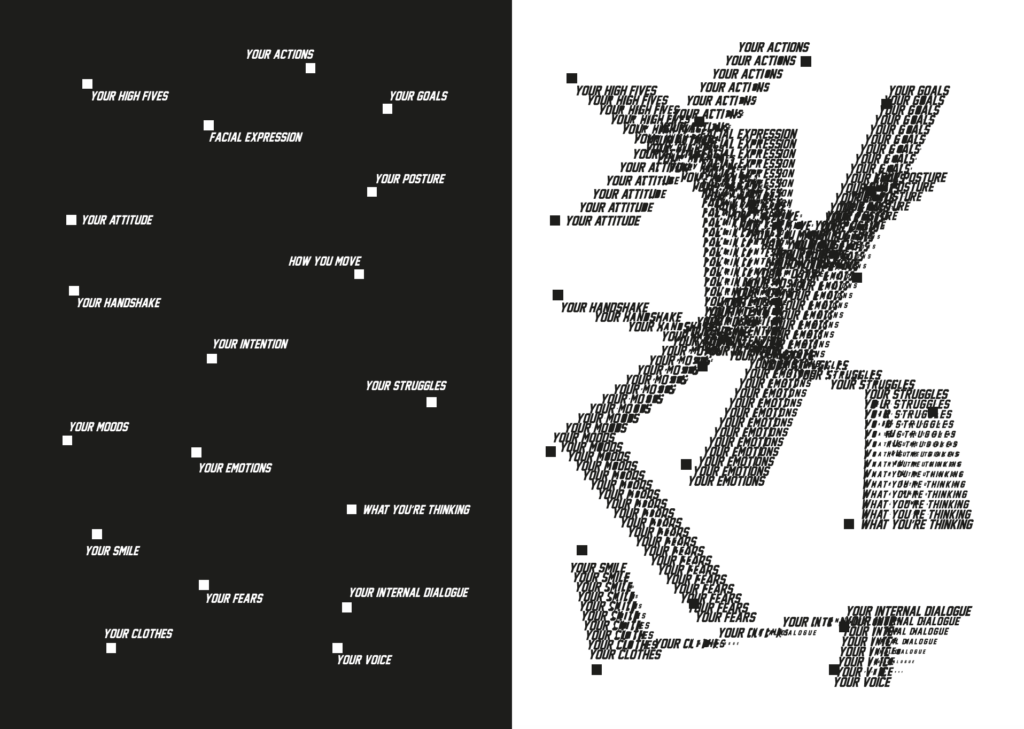
All of these things should be seen as forms communication because they do have an effect. Making this slightly more explicit to the kids might make them realize more of the potential they have in the interaction within their team as leaders. Some of these very visible or hard forms of communication, some are rather invisible or soft communication skills.
“Diversity brings immunity” is a quote we often use to inspire our way of doing things and our way of training. What we hope for our kids is that more and more of our players find confidence in their unique ability to interact with the team in the ways are fit their individual communication style. As many kids, as many communication styles. Our role as coaches could be to make them acquainted with a large library of what forms communication can take.
If a team is more than the sum of its parts, then communication is for sure part of that “more” so it would seem beneficial to spend some time on getting all our kids engaged in the skill that made such a large impact in human development – and the performance in team sports.
“One cannot not communicate:
Every behavior is a form of communication.
Because behavior does not have a counterpart (there is no anti-behavior),
it is impossible not to communicate.”
– Paul Watzlawick, communication theorist
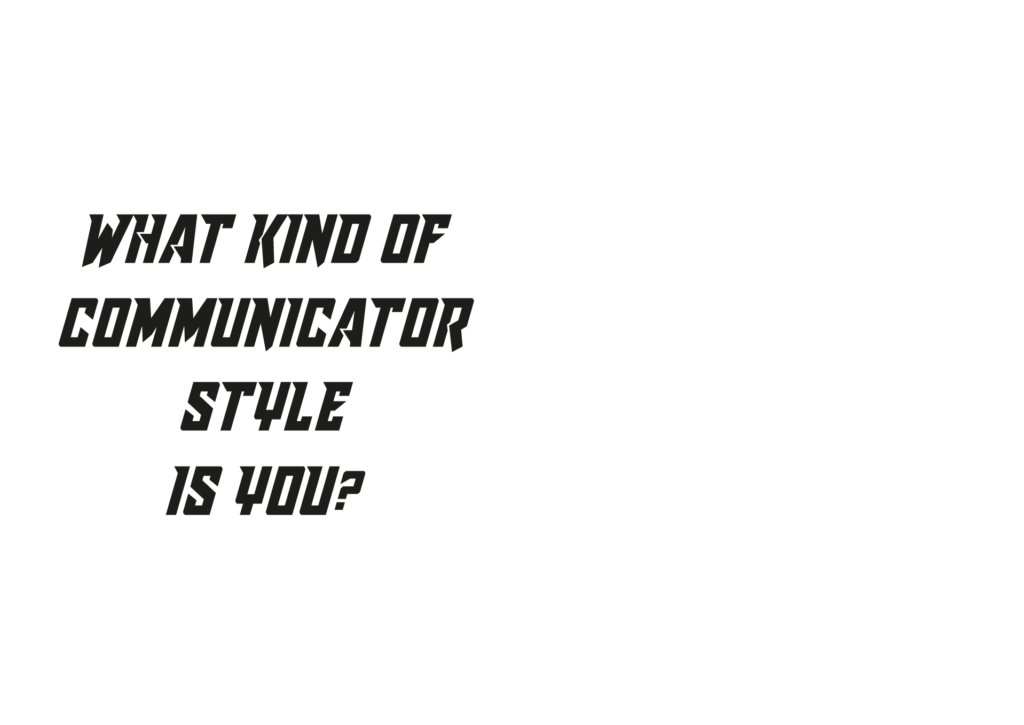
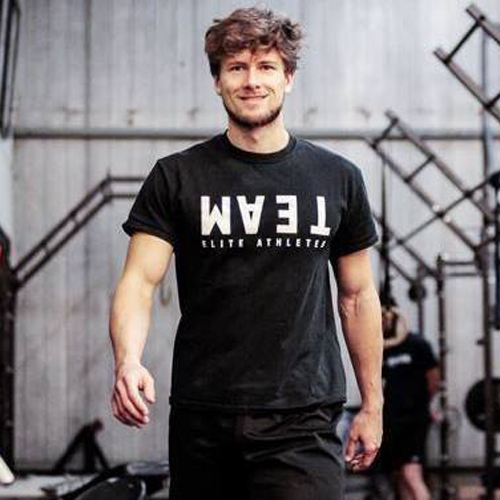
Olivier Goetgeluck is co-founder of Elite Athletes and has the role of Play-Perform Director at the Elite Academy. He is educated as an instructor at Fighting Monkey Practice. Follow Olivier through instagram @goetgeluck or connect at olivier.goetgeluck@eliteathletes.be.
